I’m completely mystified how roadkill happens.
In my travels, I have observed wildlife crossing backroads and highways many times. They have developed a keen sense of the dangers involved and acquired excellent strategies to prevent any harm to themselves or motorists.
I have compiled some of the more common methods, though every animal seems to add their own personality.
Preoccupied approach.
I’m chewing away thinking about the flavour so don’t bore me with the details about traffic. I’m big enough that they can always see me – I’ll be fine. Besides, this really hits the spot!
The proverbial deer in the headlights approach … without the headlights.
I’m going to stand in the middle of the road and assess this situation with my poor eyesight. It’s always important to get the facts first before taking any action. How could anything go wrong?
Mad dasher approach.
I know that camouflage will save me from anything so I will stand on the road perfectly still and then finish the crossing with a sudden burst of speed into the trees. It usually works.
Methodical walker approach.
A slow and steady pace will ensure that I keep my right of way. Besides I have sharp weapons of specific destruction that will deal with any intruders on my path.
Poser approach.
I like to pose at the side of the road and assume all is well. It is. The dazed look is just my default appearance.
Star power approach.
I don’t have to look up, I know they’ll stop. After all, I’m the star attraction around here. You would be amazed how well it works.
Tailgators approach.
If we are behind the vehicle then it’s much safer. The key to succes is assuming no vehicle makes sudden stops. We’ve also learned there is strength in numbers.
The only other part of this potential roadkill equation is human creatures. However, they have a heightened awareness of all the hazards on roads. They are conscientious, cautious and would never do anything to harm themselves or any wild creature. They have also developed far more sophisticated ways to deal with any potential hazards. Since the point is so obvious, I will only provide one example from the photography world.
Wildlife photographers approach.
We point a big lens at a random spot and count on everybody slowing down and craning their necks in that direction. It appeals to our strange sense of humour and is nearly foolproof.
With all these approaches reducing risks it’s clear wildlife and humans are all acting responsibly. Further research is required into the mystery of how any creatures get hurt or killed on roads.
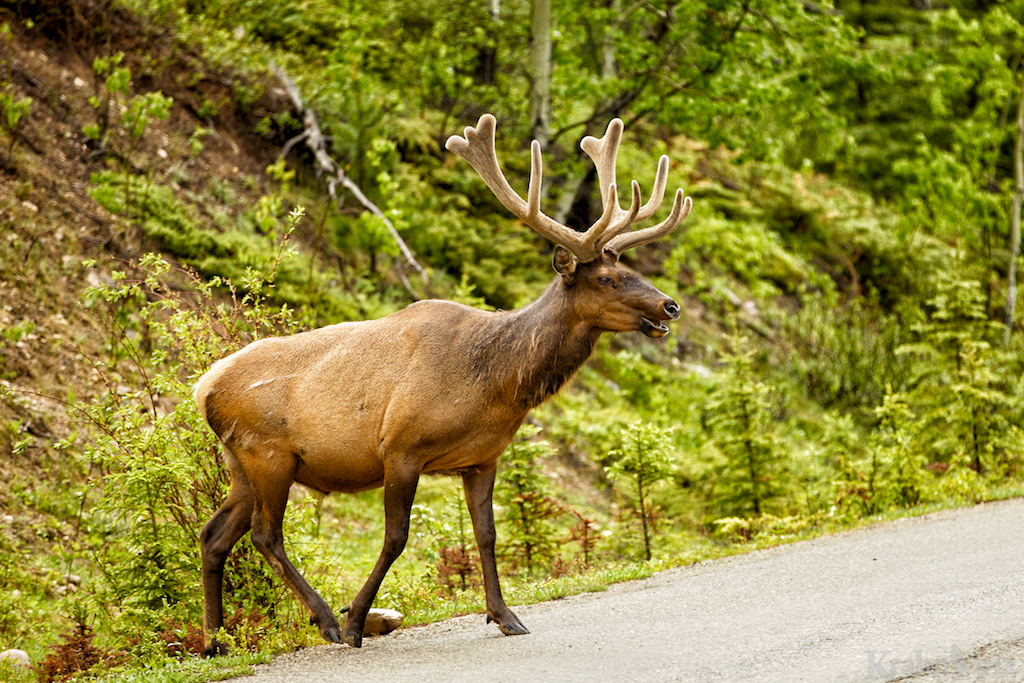
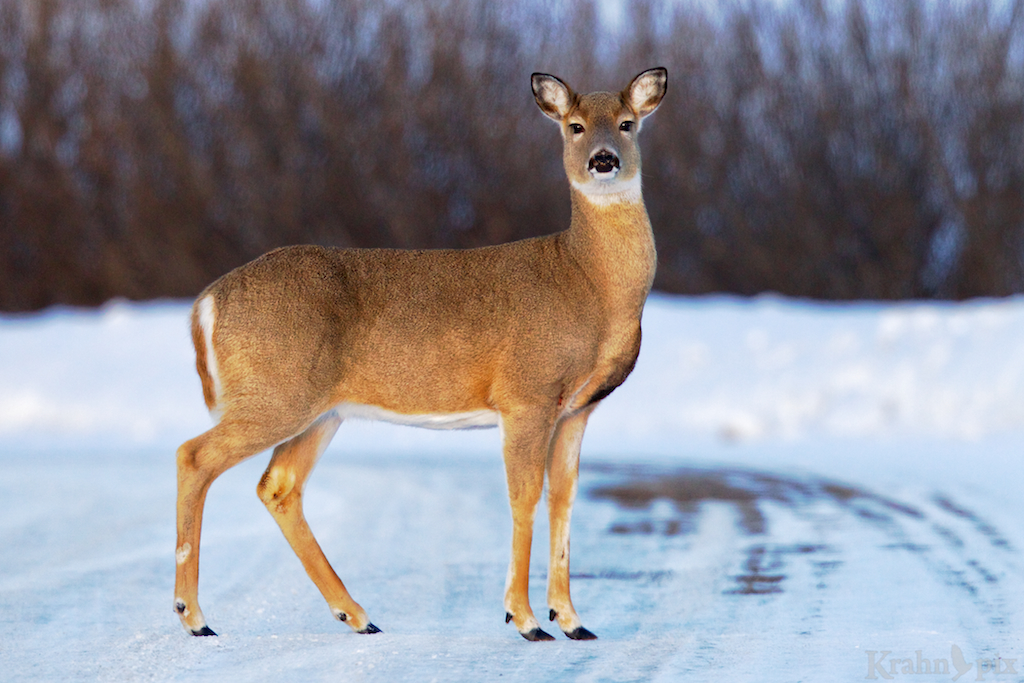
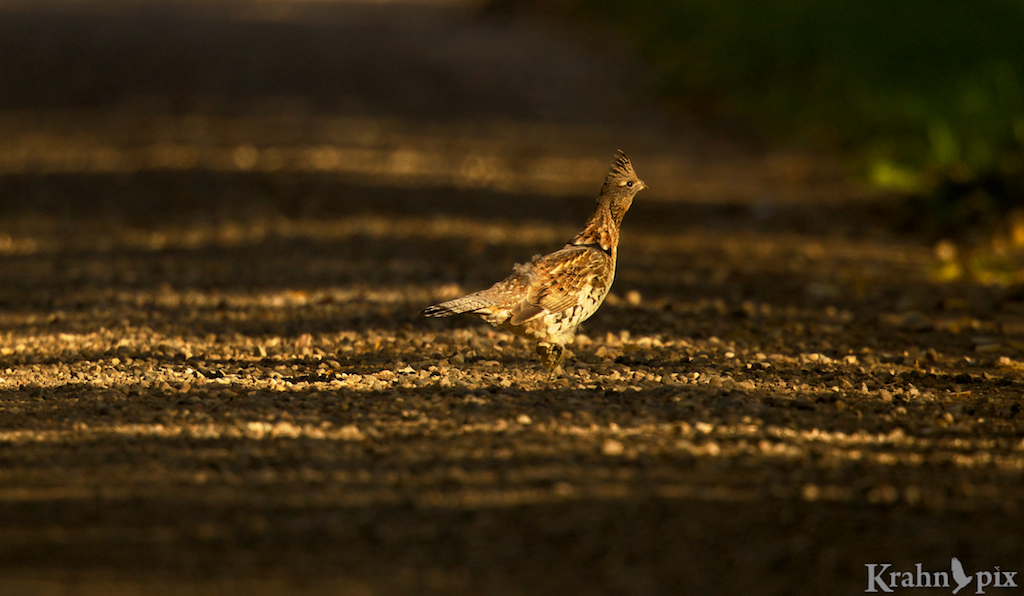
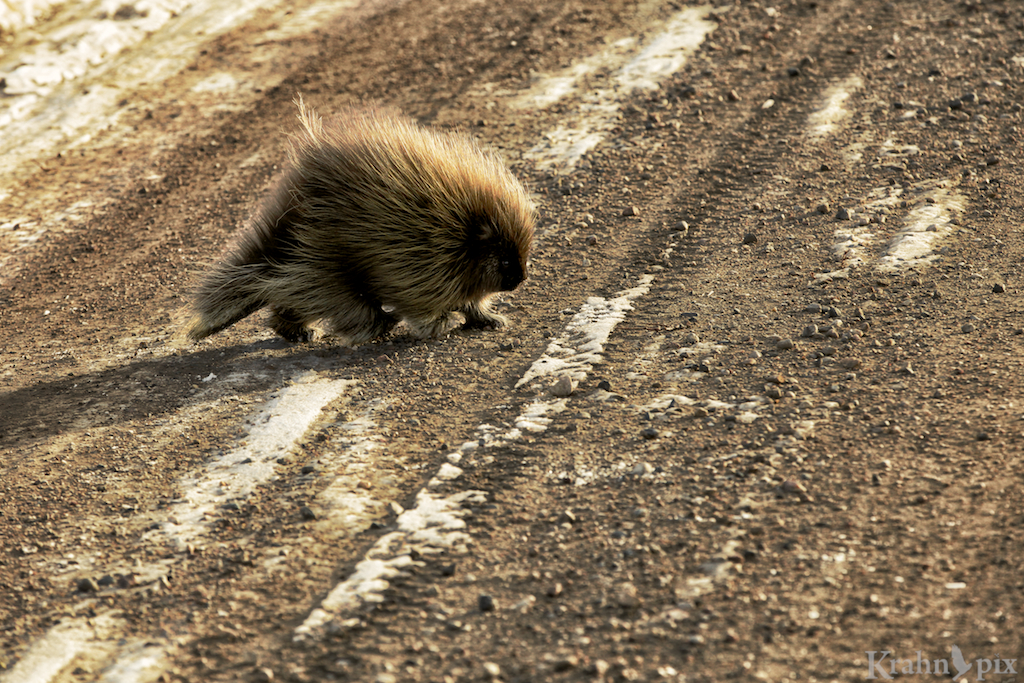
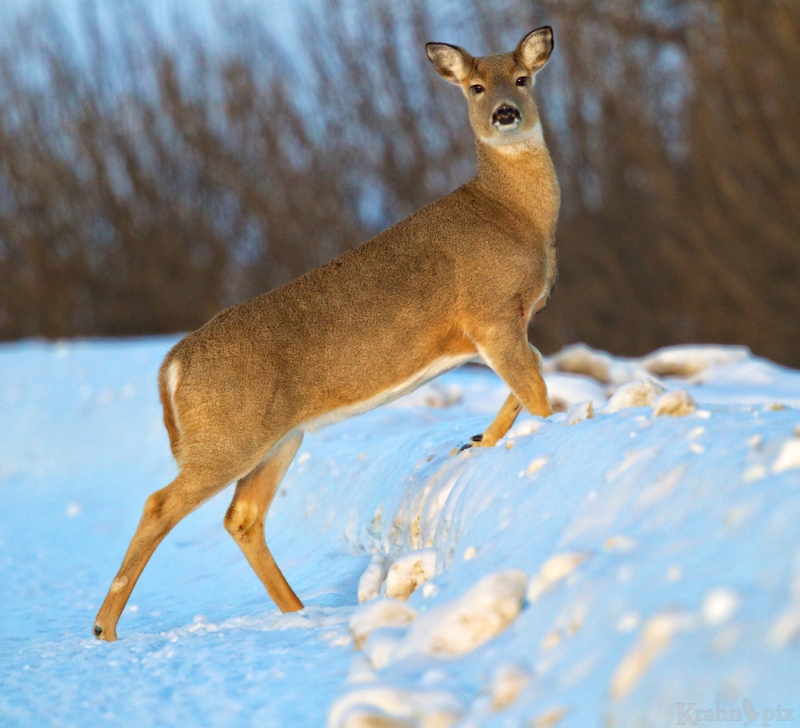
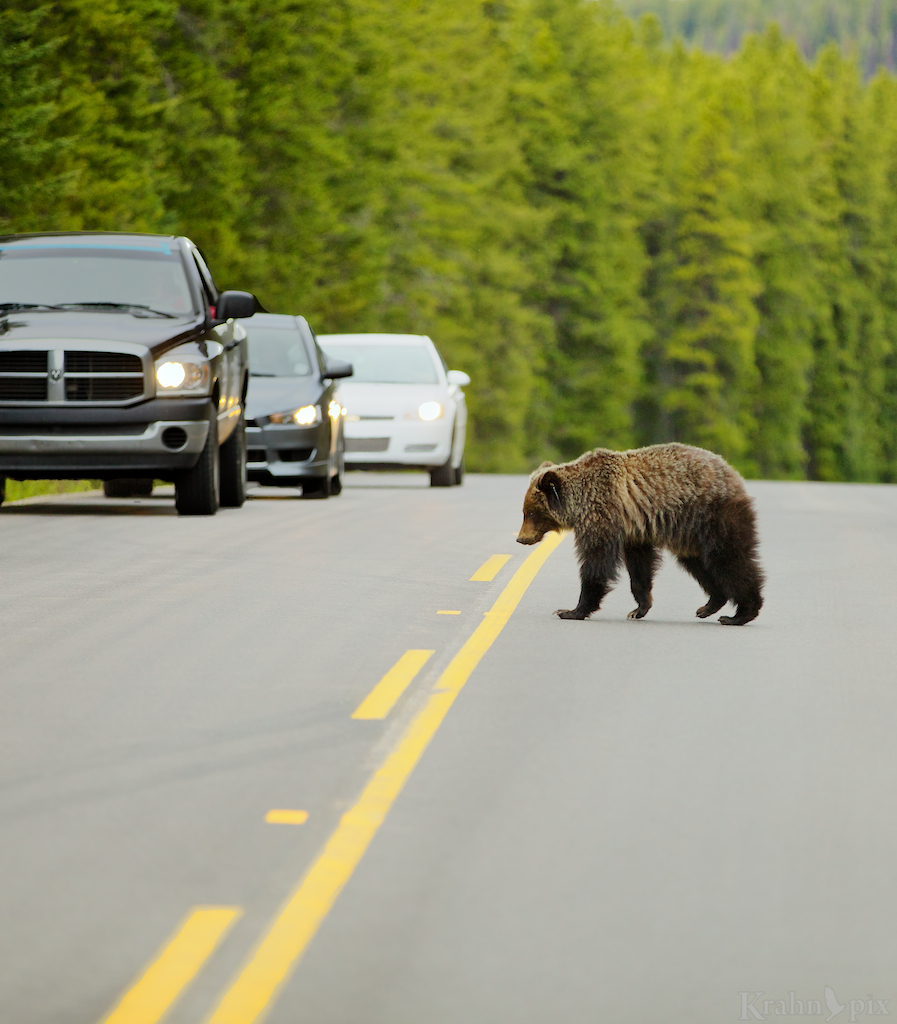
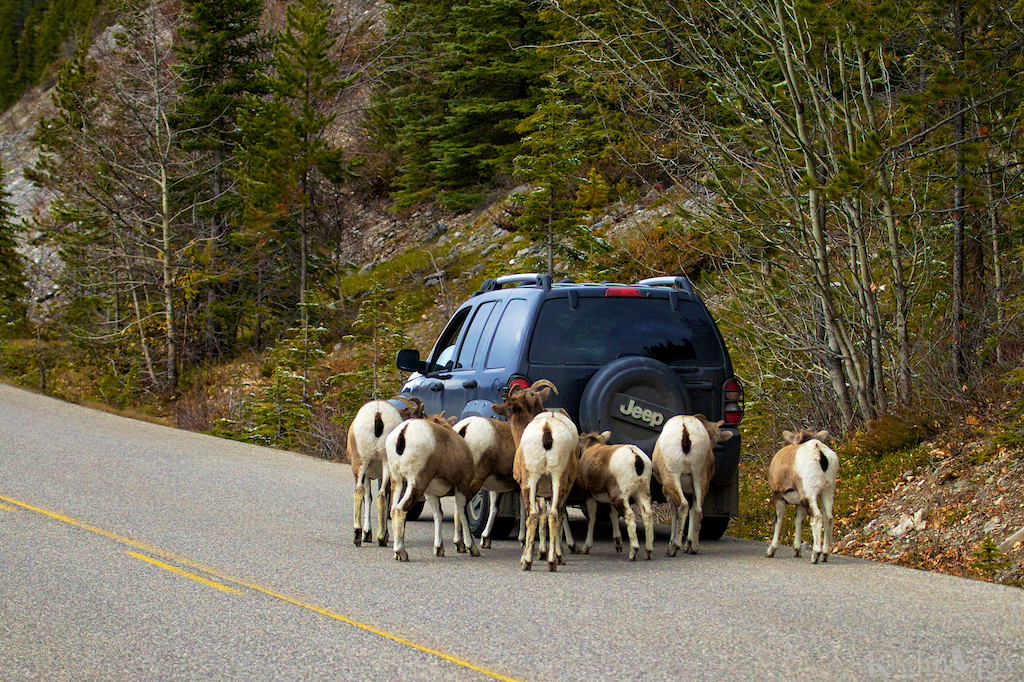



Of course I love the porcupine. 😉Great shots once again.
LikeLike
It was fun watching the porcupine walk – something between a waddle and a swagger.
LikeLike
Beutiful photos ! And i like your text. Here we have special corridor transitions at the most trafficked roads… It helps some but raindeers, deers, foxes, badgers, hedgehogs and our elks still dies .. Because we motorists drive too fast and ignore both corridor transitions as road signs with animals on…
I do like that you give attention to this problem // Maria
LikeLike
Thanks. It really is a serious problem but I tried to tackle it from a lighter perspective. One of the most serious issues is grain dropped on the railway tracks in the national parks teaching animals to feed in the danger zone.
LikeLike
what flipping lens there dear sir 500mm?
LikeLike
Yes it’s a 500 F4. I totally love it and yet it’s still not long enough some days. I put off buying it for a couple of decades and eventually it became part of our 25th wedding anniversary gift exchange. It takes someone special to do that with!
LikeLike
always do love these wildlife photos. i really wish i could go hunt them with my camera!!! 🙂
LikeLike
Be careful what you wish for – there’s a lot of dull time between flurries of excitement.
LikeLike
The down time would be nice to have…
LikeLike
OK now I understand.
LikeLike
Great idea for a post Lyle. I have so many stories. This should be a theme. I’ve always believed that animals are adapting to roadways, and that roads represent a very real selection pressure for evolution. I know people don’t slow down enough when they enter obvious wildlife country. Why must there be signs? Isn’t it obvious? You will notice this in Yellowstone, especially if you drive at night there. One time on the Alcan we hit first a horse, and then a bear. I wasn’t driving either time and it was night, so hard for my friend to avoid. We got out when we hit the bear and heard the most intense roaring and thrashing down off the side of the road. It really had an effect on me. Love the porcupine. We blew a tire once when we hit one and almost rolled the vehicle, so I’m very wary of hitting those.
LikeLike
My goodness, you do have a lot of stories! You should tell them! The most cautious animal I observed was a Rocky Mountain Sheep. He watched the road a long time, slowly walked towards it and when he saw a vehicle completed abandoned that spot. Obviously he had figured where the danger was to be found.
LikeLike
Dear Lyle , I wish I was there standing next to you seeing them with you.Beautiful pictures.Thanks for real pleasure.regards, Ganesh.
LikeLike
I have been fortunate to be standing in some beautiful places. I’m glad you liked them.
LikeLike
What a great post… Love it! Definitely a distressing topic, but appreciate your witty and lovely take on it.
Hopefully with time more *wildlife crossings* and bridges will be created to help them and their declining populations. It behooves us to help them.
LikeLike
Change sometimes takes a long time but there is definitely more awareness. Hopefully there are more positive changes in the future.
LikeLike
Great post, Lyle: among all those very good photographs, I really loved the “poser approach” one! Great job! Also, very nice choice of gift to receive for your wedding anniversary! 🙂
LikeLike
Thanks. That poser photo was a really unusual one and actually got me started on this post. It was an amazing gift!
LikeLike
Very funny Lyle – and wonderful shots! That lens – OMG – I’m so jealous, what is that thing? I feel like I’m shooting a camera out of a cracker-jack box 🙂
LikeLike
Glad you liked it.
The lens is mostly a hood! It’s a 500mm F4 which despite all that size and weight still doesn’t always reach what I want but I like it a lot. I put off buying it for a couple of decades and eventually it became part of our 25th wedding anniversary gift exchange.
LikeLike
Someday – at this point there isn’t a zoom like that for my system.
LikeLike
Great shots Lyle, as always. Funny captions. You can see an example of the “I’m too busy trying to get my kids to swim practice to pay attention to traffic” approach here: http://honiebriggs.com/2012/05/11/every-day-is-mothers-day/
LikeLike
Thanks. Your linked post definitely fit the theme! You do have to wonder at the idea of crossing the road there.
LikeLike
You actually made me laugh out loud – which generally draws unwelcome attention from my sarcastic teenagers. (Remind me to thank you later…)
LikeLike
Mission accomplished on the first part! I seem to recall some sarcasm with teenagers – interesting times.
LikeLike
This was a fun and interesting post.
Our alligators here definitely use the star power approach when walking across roads.
LikeLike
Glad you liked it. The stars definitely know who they are!
LikeLike
Wonderful! I especially love the tailgaters. What were they doing??
LikeLike
Thanks. I believe the bighorn sheep were after the salt that was put on the roads in winter. They were licking the tires and bumper.
LikeLike
Out on a very lonely road that goes through Denio, NV there’s a stretch that has what I call kamikaze rabbits. They do that same thing of jumping out in front of oncoming cars. I even encountered deer that would race alongside my car in order to jump out in front of it during a commute across the Utah desert.
LikeLike
That’s crazy. I’ve never seen anything like that. It must be odd to watch.
LikeLike
The deer thing was utterly bizarre. It didn’t happen often, but more than a few times and only along a short stretch of a 30 mile commute. I swear one time the silly critter almost rammed the side of my car.
LikeLike
Definitely memorable.
LikeLike
It’s a serious subject, but I love your sense of humour and the pictures are fantastic!!
LikeLike
Glad you liked it. There is some risk in approaching a serious subject with humour.
LikeLike
A bit macabre for this morning, but the beautiful photos make up for it…
LikeLike
The core subject matter was not pleasant but important nonetheless. I was hoping this was better than citing statistics or retelling depressing stories. I was a bit surprised to find a use for all the wildlife-on-road photos which I generally try to avoid taking.
LikeLike
This was kind of timely because I was researching animal behavior when in shock, and looking for parallels in humans behavior. ie: a deer in a headlight.
LikeLike
You’ll have to do a post on the subject when you’re finished. Whatever the conclusion, that would be interesting.
LikeLike
This post cracks me up. Great photos and captions as usual. What are the bighorn sheep doing to the Jeep?
I find it funny in Alaska if I pull over then all the other cars that pass slow to a crawl to see if I’m looking for an animal.
LikeLike
I’m always happy to hear when my offbeat humour works!
I believe the bighorn sheep were after the salt that was put on the roads in winter. They were licking the tires and bumper.
If I was in Alaska, I would be doing the same thing. I’ve found a lot of animals that way … and also got amused looks from people who weren’t looking at wildlife.
LikeLike
Love the pics. Of course the wildlife has been there millions of years, and now these new-fangled roads pop up where they never used to…
LikeLike
Thanks. Yes we haven’t always done a great job of protecting land and wildlife. It’s important to hang on to what we have left.
LikeLike
I’m convinced squirrels play the game “chicken”. There will be two on the same side of the road, jumpy, tails twitching… at the last moment one will dash in front of the vehicle.
LikeLike
I have noticed that. They seem too smart to be oblivious so that’s the natural conclusion. Crazy!
LikeLike
Best use ever of pictures ‘spoiled’ by the road.
LikeLike
I didn’t actually think that I would ever use them but this seemed to work out OK.
LikeLike
Its sad how many moronic drivers are out there on American roads. They are all in such a hurry to get home to their meaningless lives that they don’t even notice the beautiful wildlife as they drive by (or over) them. I am of the photographer variety. My trained eye catches what the oblivious miss. I really enjoyed your post.
LikeLike
I’m so glad you liked it. It’s hard for me to fathom not being interested in wild animals.
LikeLike
Ah, so it’s not all snow-clad in Canada.
LikeLike
You just have to patient! Contrary to popular opinion, summer will soon be here.
LikeLike
Wow, that lens would definitely stop people. I am sure they would be curious as to what you were taking pictures of. I would want to make sure that I pointed it somewhere mysterious :-). My little camera wouldn’t stop anyone :-).
LikeLike
I much prefer to be on my own so I don’t have to deal with all that. Though it is funny that people look wherever it’s pointed, and, of course, I do the same when others are out.
LikeLike
great post! i especially like the bird, you really captured it well. it’s really too bad when animals suffer from our need to move fast from place to place – this post hits the spot with a mixture of serious thought and humour.
thanks. 🙂
LikeLike
It is a serious subject but quite depressing to read about the number of animals killed. I wanted to take a different approach. I’m glad that worked for you.
LikeLike
Reblogged this on " F I N I T U D E ".
LikeLike
Thanks for the reblog.
LikeLike
I love the way that you were able to weave together a storyline for all of these beautiful photos. They all seem to be visual representations of one of the earliest jokes I remember from my childhood, “Why did the _____cross the road?” I think it started with a chicken and then evolved in other directions, like “Why did a turkey cross the road? To prove he wasn’t chicken.”
Is the last one a photo of you playing in traffic? I know what you mean about pointing a camera and the inevitability of people looking in the direction of the lens to try to see what it is that you are looking at. Sometimes it works the other way too. This past weekend I came across a guy with a 600mm lens with a 1.4 teleconverter and he pointed out in the far distance and asked me if I could see the barred owl that was them in the trees. Needless to say, I couldn’t see it.
LikeLike
When I first got the idea of the post, all I could think of was that chicken crossing joke but I couldn’t make any story work with it. Still, I was sort of hoping that the post would bring out that joke in the back of people’s minds.
Yes the last photo is of yours truly. I get asked quite regularly what I’m looking at. I sure get a disappointed look when I tell them I was looking at the landscape.
LikeLike
I really appreciated that last conclusion. Lyle 🙂 but I guess it’ s not more than the natural curiosity of everything living – humans included ? And as far fetched as it may sound, – ‘couriosity’ may kill you!
LikeLike
We are all curious at some level and that can get us into trouble if not handled appropriately.
LikeLike
Oh, and the photographer’s stance always works well for me too!
LikeLike
It’s fun to ‘assume the position’ when there’s an animal to be found!
LikeLike
I love the humour in this post, and the images of course. The black bear is great!
LikeLike
I’m glad my humour attempt was successful. Thanks for letting me know.
LikeLike
This is actually very tragic story for wildlife… In my country we have too some places and crossing roads… and they put some signs for these wild animals, but you can guess, animals die or injure… Why do they build roads in there… I can never understand or why they don’t make a better protective way for them…
Your photographs are so beautiful and so lovely especially behind the car hit me. Thank you, with my love, nia
LikeLike
It is a tragic story and I’m sorry to hear that it’s the same in your country. I have heard far too many reports of magnificent creatures like bears and wolves killed by vehicles and trains – even in our national parks. Hopefully the situation improves.
LikeLike